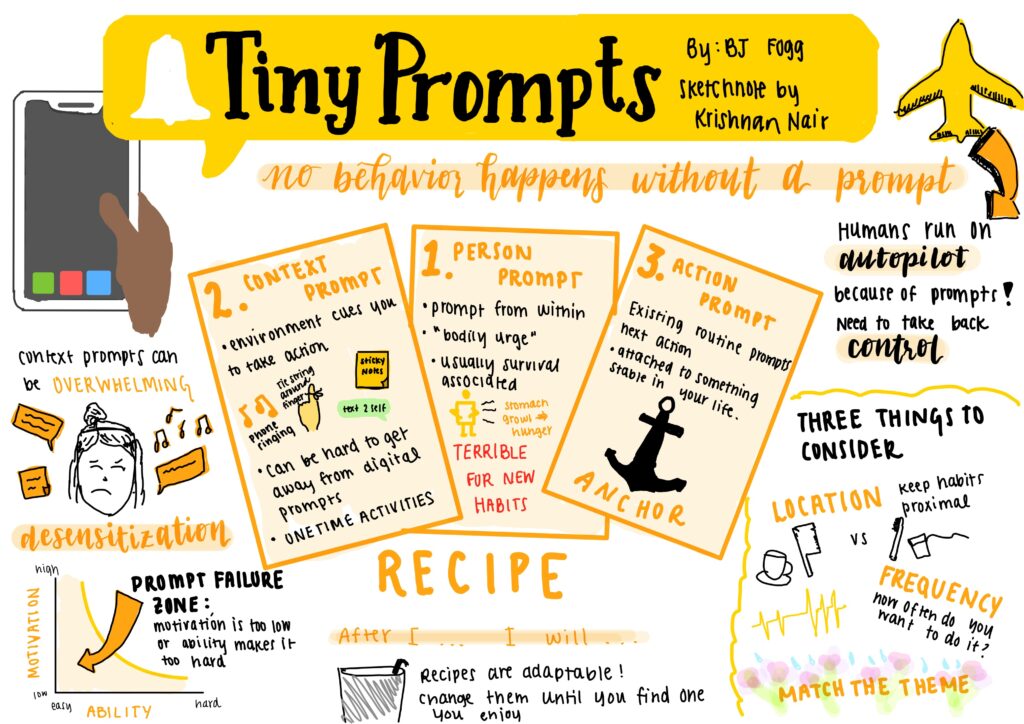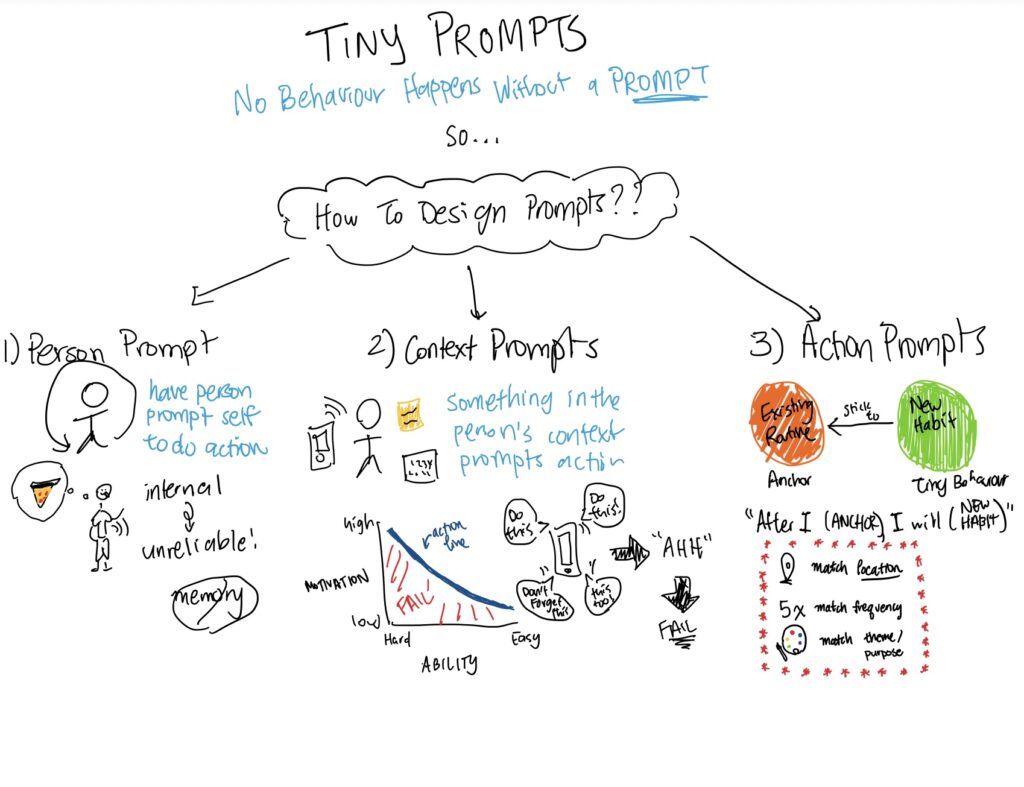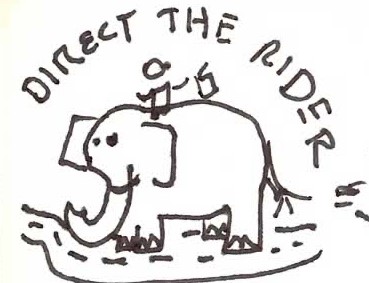1) Social Pressure and Competition (Harnessing Power of Social Dynamics)
*** chosen intervention ***
We want to harness the power of social pressures and the fact that humans care very much about their image and how they are judged by societal norms of “good” and “bad”. Each participant will be told that they are competing with others to have the lowest screen time and time spent on short-form content apps like TikTok, Instagram, or YouTube. We will collect screenshots of their screen time and notify participants of their supposed “ranking” each morning. Unbeknownst to the participants, the rankings sent out will actually be determined by self-comparisons and fluctuation in their screen time and social media usage day to day. We want to observe the effect of competition and social pressure on the use of social media and better understand its power to influence screen usage and habitual scrolling. As could be seen in the Bored Bob persona, some people really care about how others perceive their screen time. Bored Bob’s initial motivation to get out of the habit of deadlock scrolling was inspired by social pressure from his friends. We ultimately chose to go down this route as it capitalizes on the power of external social pressure instead of the desire to change purely coming from internal motivation of the individual. Additionally, we think this idea allows for these external pressures to be spun into a fun, positive light via a friendly competition.
Pros
- Social pressures and perception in the eyes of others was a recurring theme and an underlying factor driving the desire to change screen time usage.
- Competition allows for positive framing of the problem of deadlock scrolling and attempts to correct this behavior as opposed to interventions that attempt to utilize negative tactics.
Cons
- Game-like solutions require careful consideration as many ethical implications arise. It is hard and very important to craft a game that is ethical and adheres to good game-design principles.
- Games and competitions are highly effective for a short period of time but the allure and fun wears off quickly and is difficult to sustain.
- Competition is only effective if the participants know one another. Playing with random people doesn’t produce the same level of commitment or motivation in the participants.
2) Generate alternatives (Harnessing Power in Alternatives)
When a user attempts to open an app with short-form content, before the app launches, the user will be prompted with two options: 1) Waste time scrolling! and 2) Try something new! If the user clicks the first option, they will go into the app as intended. However, if they click the second option, they will be given a list of potential alternatives to scrolling aimed at providing relief from boredom but preventing hours of mindless scrolling such as interesting poems to read, puzzles to solve, journal prompts, a new song to listen to, or a prompt to spend the time reaching out to a loved one. As can be seen in the Busy Bill persona, some people simply don’t have the time to spend scrolling for hours. It would be powerful to provide people with engaging, more productive alternatives that would fulfill their fix for some entertainment or a “brain break” without being “addictive” and eating up hours at a time.
After analyzing the interviews and the data from the baseline study, we found that scrolling sessions often come about as a filler for downtime or during boredom, as is the case for the Bored Bob persona. This intervention attempts to give users engaging alternatives to the habit of endlessly scrolling when bored; these alternatives would ideally be less addictive to prevent excessive scrolling.
Pros
- The alternatives that can be suggested can be less addictive than social media and therefore prevent deadlock scrolling while still facilitating entertainment for the user.
- The alternatives generated would also be a more productive use of time as compared to time spent passively consuming content while scrolling.
- The “high” of scrolling through endless videos can be simulated through the idea generator and create a similar feeling that scrolling produces without spending a long time scrolling which is especially important for users like Busy Billy who have little time to spend on entertainment.
Cons
- Screen time itself won’t necessarily be diminished since the alternative will be digital in nature and has the potential to be addictive.
- This idea might cause user friction if the generated alternative ideas aren’t liked by the user, thus failing to provide the same “high” that is obtained via social media. Therefore, the viability and “stickiness” of this idea is questionable.
- There are ethical implications when it comes to the framing of the choice between continued scrolling or doing an alternative activity. While effective, it is manipulative to use charged language such as “waste time scrolling” in order to discourage or encourage specific behaviors.
3) Make the person get up and move (Harnessing Power in Environment)
This intervention would make use of personalized scrolling limits and gyroscopes and location tracking. Each individual would set a “scrolling time limit” for specific applications. Once the user reaches that amount of time scrolling on the app, the app would lock and would require the user to move a specific amount of feet before being able to resume scrolling. This solution could be effective for both Bored Bob and Busy Billy. For those who turn to social media when bored, this idea forces movement and disrupts the comfortable position that many find themselves in during long scroll sessions. Individuals who are really busy yet find themselves opening their social media apps wouldn’t be able to lose track of the time as the scrolling session would be interrupted with the prompt to get up and move. Overall, this idea is built on the fact that environmental factors are powerful tools when discussing behavior change. Prompting users to move targets the influence of environmental factors on scrolling habits and phone usage.
Pros
- Forced movement doubles as a prompt for a potential alternative of physical activity and a change in environment.
- Our interviews revealed that the universal body position during a longer scroll session is sitting or laying down in a comfortable position. This intervention requires movement which disrupts comfortable scrolling positions and can thus break the scrolling session. This would be especially effective for individuals, like Busy Billy, who find themselves scrolling late at night while in bed before going to sleep because the desire to stay in bed would likely trump the desire to scroll.
- Environmental factors are powerful and act as triggers or prompts, so changing a person’s environment (even if it is simply a room change) can provide prompts to stop scrolling or provide other stimuli that are more appealing than scrolling.
Cons
- This idea is potentially very annoying for end users which might lead to low retention.
- This idea is easy to bypass and thus not be effective. It is easy to move slightly and assume another comfortable position in a different room and continue scrolling.




Comments
Comments are closed.